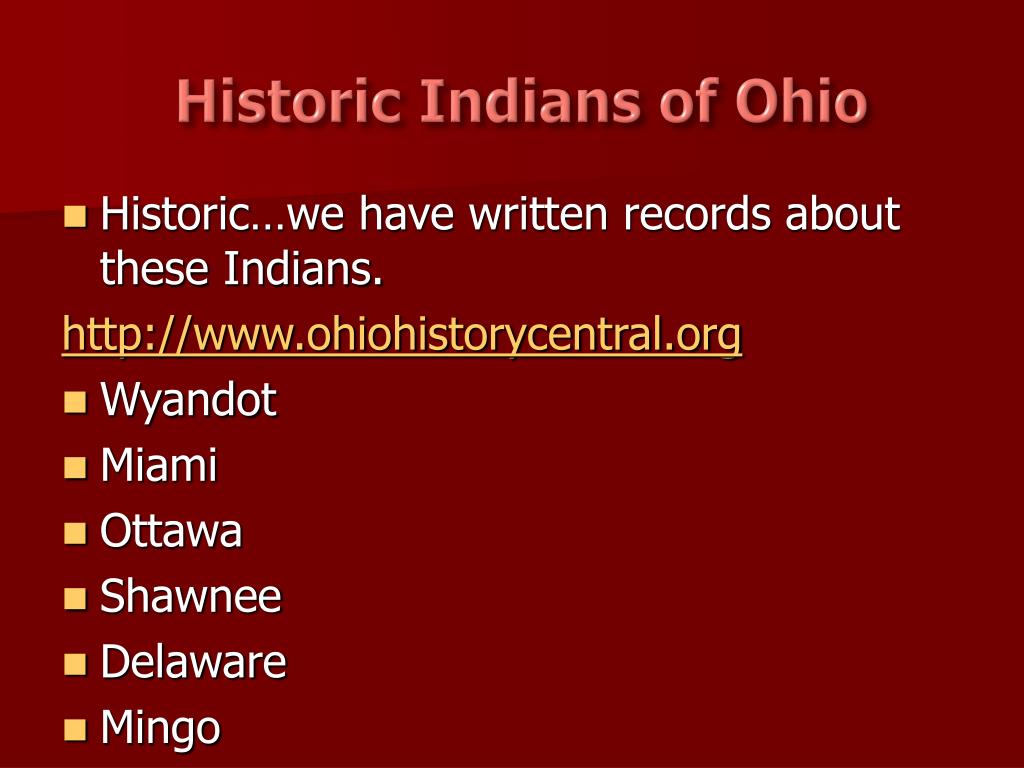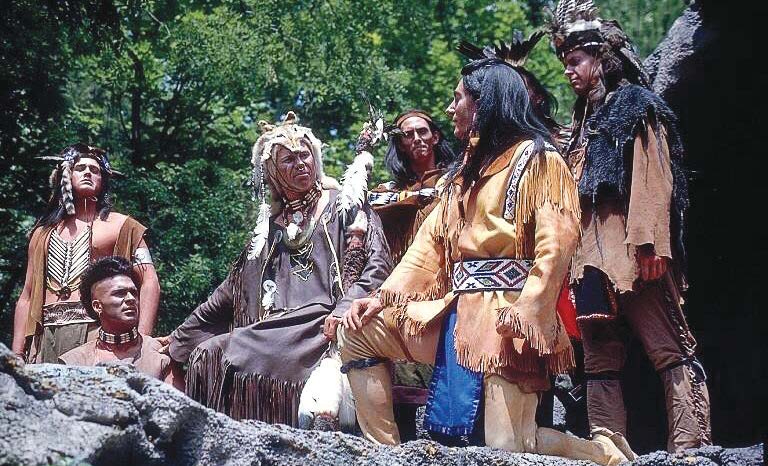Ohio’s Native American History: Busting Myths and Exploring Legacy
Ohio’s Native American History: Busting Myths and Exploring Legacy

You might be surprised to learn that Ohio, with its rolling hills and bustling cities, has a rich and complex Native American history. But hold on, before you start picturing bustling reservations filled with tipis and powwows, let’s clear the air.
No, there are no federally recognized Indian reservations in Ohio today.
Related Articles: Ohio’s Native American History: Busting Myths and Exploring Legacy
- Uncover Hidden Gems: Exploring Indian Reservations in Tampa Florida
- Mapping The Spirit: A Journey Through America’s Indigenous Tribes
- Unveiling Colorado's Native American Heritage: Discoveries from the Heart of Indian Reservations
- Uncover the Native American Tribes of Oklahoma: A Journey of Discovery
- Unveiling Indonesia's Economic Outlook: Insights into Recession Risk and Beyond
That’s right, folks. The state that was once home to powerful tribes like the Shawnee, Miami, and Delaware, doesn’t have any reservations in the modern sense.
Now, before you start thinking that means Ohio’s Native American history is a dusty footnote in the past, let’s dive deeper. We’re gonna explore how things got this way, and why it’s important to understand the legacy of Native Americans in Ohio.
The Land Before Time: Ohio’s Native American Roots
Imagine Ohio before the arrival of European settlers. It was a land teeming with life, a vibrant tapestry of diverse Native American cultures. From the mighty Shawnee, known for their fierce independence and skilled warriors, to the peaceful Delaware, known for their diplomacy and craftsmanship, Ohio was a melting pot of traditions and languages.
These tribes were not just inhabitants; they were stewards of the land, their lives intricately woven into the natural world. They understood the rhythms of the seasons, the ebb and flow of the rivers, and the language of the animals. Their knowledge of the land was passed down through generations, shaping their lives and their relationship with the world around them.
The Trail of Tears: A Legacy of Displacement
But the arrival of European settlers brought a dramatic shift. The promise of a new life in the "land of opportunity" came at a devastating cost to the Native Americans who called Ohio home.
The story of the Trail of Tears, a forced relocation of thousands of Cherokee people from their ancestral lands in the Southeast, is a stark reminder of the brutal reality of westward expansion. Though not directly related to Ohio, the Trail of Tears serves as a poignant example of the systematic displacement and suffering inflicted upon Native Americans across the country.

Ohio’s Native American Removal: A Story of Resilience
Ohio, too, witnessed its own share of forced removals and broken promises. The Treaty of Greenville in 1795, a landmark agreement that marked the end of the Northwest Indian War, set the stage for the gradual displacement of Native Americans from their ancestral lands.
The treaty ceded vast tracts of land to the United States, pushing Native American tribes further west. This process, often fueled by greed, betrayal, and violence, left a lasting impact on the lives and cultures of Ohio’s indigenous people.
The End of Reservations in Ohio: A Complex History
The concept of reservations, established to protect Native American lands and sovereignty, didn’t materialize in Ohio in the way it did in other parts of the country. The state’s unique history, combined with the pressure of westward expansion, meant that Native Americans were gradually pushed out of their homelands.

The Legacy of Native American Culture in Ohio
While Ohio may not have reservations, it’s crucial to remember that the state’s Native American history is not simply a relic of the past. The legacy of Native American culture lives on in the names of towns and rivers, the archaeological sites that dot the landscape, and the stories passed down through generations.
Ohio’s Native American Communities Today
Today, Ohio is home to a vibrant and diverse Native American community. Though they may not have reservations in the traditional sense, they maintain strong cultural ties and are actively engaged in preserving their heritage.
From cultural centers and museums to powwows and tribal gatherings, Ohio’s Native American communities are working to ensure that their traditions and stories are passed on to future generations.

The Importance of Recognizing and Honoring Native American Heritage
It’s not just about remembering the past; it’s about acknowledging the present and shaping the future. By understanding and appreciating Ohio’s Native American heritage, we can foster a more inclusive and respectful society.
We can learn from their resilience, their wisdom, and their enduring connection to the land. We can recognize the injustices they faced and work to create a more equitable future for all.
Let’s Talk About It: A Conversation About Native American History
This isn’t just a history lesson; it’s a call to action. It’s a call to learn, to listen, and to engage in meaningful dialogue about the complex history of Native Americans in Ohio.
It’s time to move beyond the stereotypes and misconceptions that often cloud our understanding of Native American cultures. Let’s celebrate their resilience, their contributions, and their enduring spirit.
FAQs: Unpacking the Mysteries of Ohio’s Native American History
1. Why are there no reservations in Ohio?
As we discussed, the unique historical context of Ohio, coupled with the pressures of westward expansion, led to the gradual displacement of Native Americans from their ancestral lands. The concept of reservations, while prevalent in other parts of the country, didn’t materialize in Ohio.
2. What are some of the challenges faced by Native Americans in Ohio today?
While Ohio’s Native American communities are thriving, they continue to face challenges related to economic disparities, access to healthcare, and the preservation of their cultural heritage. These challenges are often rooted in the historical injustices they have faced.
3. How can I learn more about Ohio’s Native American history?
There are numerous resources available to deepen your understanding of Ohio’s Native American history. Visit local museums, cultural centers, and historical sites. Engage with Native American communities and organizations. Read books, articles, and online resources. And most importantly, listen to the stories of Native Americans themselves.
4. What can I do to support Native American communities in Ohio?
Support Native American-owned businesses, attend cultural events, donate to organizations that support Native American causes, and advocate for policies that promote equity and justice for Native Americans.
5. Is there a place where I can learn more about the specific tribes that lived in Ohio?
Absolutely! The Ohio Historical Society, the Native American Cultural Center, and various tribal websites offer valuable information about the specific tribes that inhabited Ohio, their history, and their cultural practices.
Ohio’s Native American history is a tapestry woven with threads of resilience, loss, and hope. By embracing the stories of the past, we can build a future that honors the legacy of Native Americans and celebrates their enduring spirit.

Closure
Thus, we hope this article has provided valuable insights into Ohio’s Native American History: Busting Myths and Exploring Legacy. We appreciate your attention to our article. See you in our next article!

